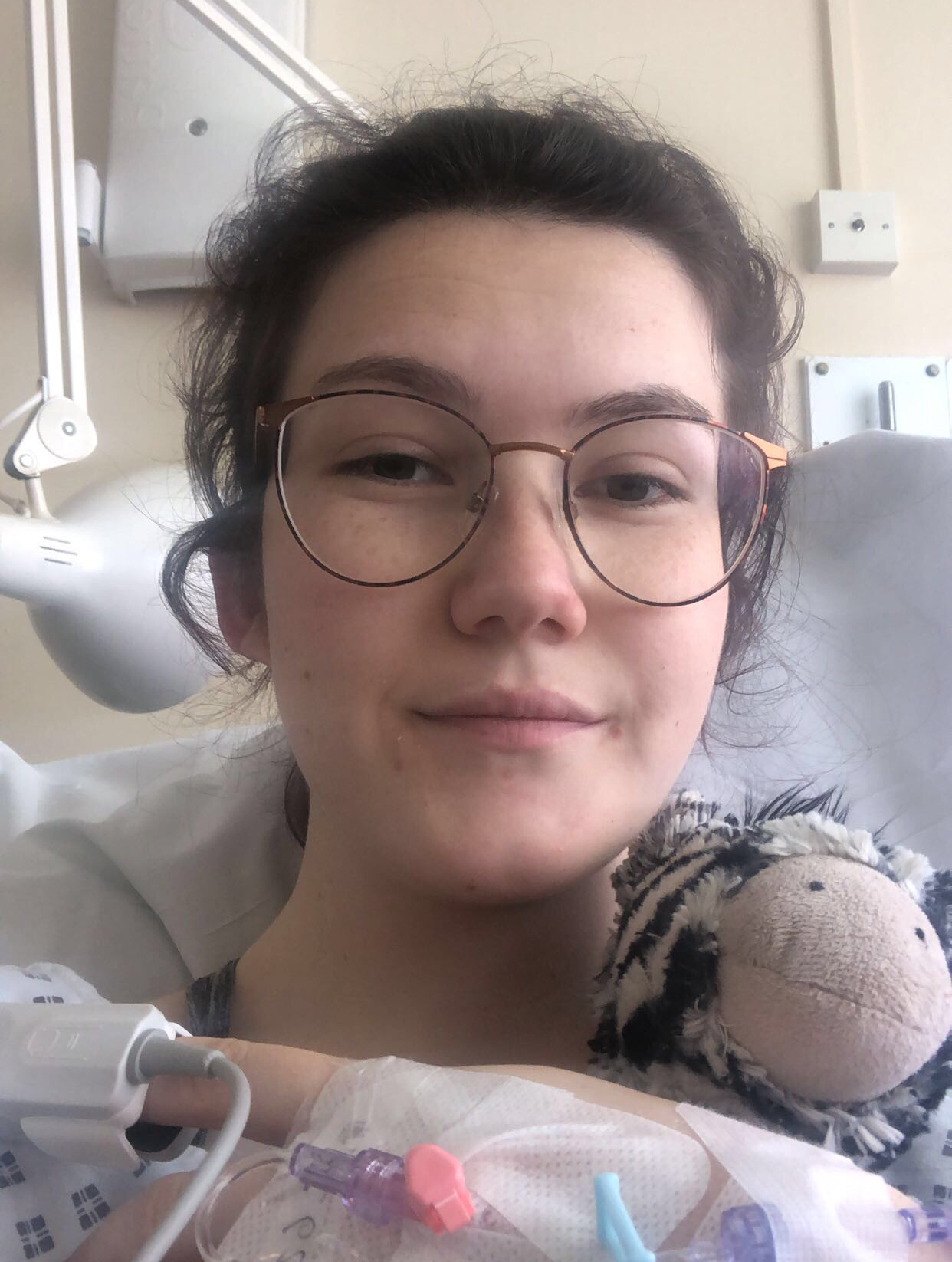Invisible Disabilities by Joanne Copson
Roughly 20% of people in the UK identify as disabled and face ableism and discrimination every day but many non-disabled people don’t understand the issues we face both from others and our internalised ableism that society has taught us.
It took over 10 years to be diagnosed with my disability. It took multiple doctors appointments, referrals, scans, and tests until we discovered why I was constantly in pain. For 10 years, I felt ignored when doctors would put my experience down to ‘growing pains’. I began to believe I was making it all up. I stopped mentioning my pain because I was scared of being seen as an attention seeker. In early 2019, I had a GP appointment that changed everything when she mentioned ‘Ehlers Danlos Syndrome’. I went home and started doing research into EDS and connected with people who had been diagnosed with it. In the summer of 2019, I was diagnosed with hypermobile Ehlers Danlos Syndrome (formally type 3).
After 10 years, I finally had an answer to my pain, to my mobility issues, and why I was constantly tired. I no longer felt like I was making it up, I felt listened to, and I felt seen. I continued to research EDS to understand more about this condition and what I could do to support myself. Alongside, I began to combat my internalised ableism which has been a long road. I started to diversify my social media by following more disabled creators who taught me that ‘disabled’ is not a bad word. Under the Equality Act (2010), you are disabled if you have a long term condition, causing a substantial impact on your daily life; my experience with EDS fell into this category.
As well as living as a disabled person, I am also a disability advocate and I create social media content on both Instagram and Tiktok to bring awareness to disabilities in a way that is engaging for others. As well as this, I was elected as Disabilities Officer for the University of Lincolns Students’ Union in 2021. I represent all disabled students at Lincoln, and I help to improve the accessibility of their university experiences. I chair the Disabilities Committee which sits within the Campaigns Network alongside Environmental, LGBT+, Racial Diversity, and Women’s campaigns officers and committees. Being an on campus advocate for disabled students involves collecting feedback on accessibility issues, planning campaigns to bring awareness to disabilities, supporting other SU groups to improve the accessibility of their sessions, and creating social media content based on the feedback received from students.
Living with an invisible disability can be difficult, especially when you are a young person. I have received a lot of judgement from people my own age as well as those older than me. I have been told that I am ‘too young to be disabled’ or I ‘don’t look disabled’. The diversity of disability means that there is no on way to be disabled, however the stereotypes of disability definitely play into people’s perceptions of me. My condition is invisible. You cannot see my knees burning with pain when I walk, my head feeling dizzy after standing for too long, my hips popping, tendonitis in my thumb because it partially dislocated when I was writing. Believe me, these are all very real and daily occurrences for me. My disability is invisible, not imaginary. I wish people would understand the emotional stress that disabled people suffer when being told they are faking their condition or being asked to prove why they should be using a certain accommodation. It takes long enough for our doctors to understand us, let alone someone we have never met. When junior doctors are being trained, they are taught ‘hear hoofbeats, think horses’, which means look for a more obvious reason behind symptoms first. But sometimes hoofbeats come from zebras; those with conditions that do not get diagnosed as often.
Hear hoofbeats, think horses, but remember that zebras exist too, and we need just as much support. Listen to disabled people and hear what we have to say

A photo I took after I had my second knee surgery. This was to remove damaged cartilage because of my connective tissue disorder.

An image of Jo’s ‘warrior beads’. Each bead represents a different procedure or appointment Jo has had due to her disability. There are many different coloured beads including a couple of stars and hearts.
